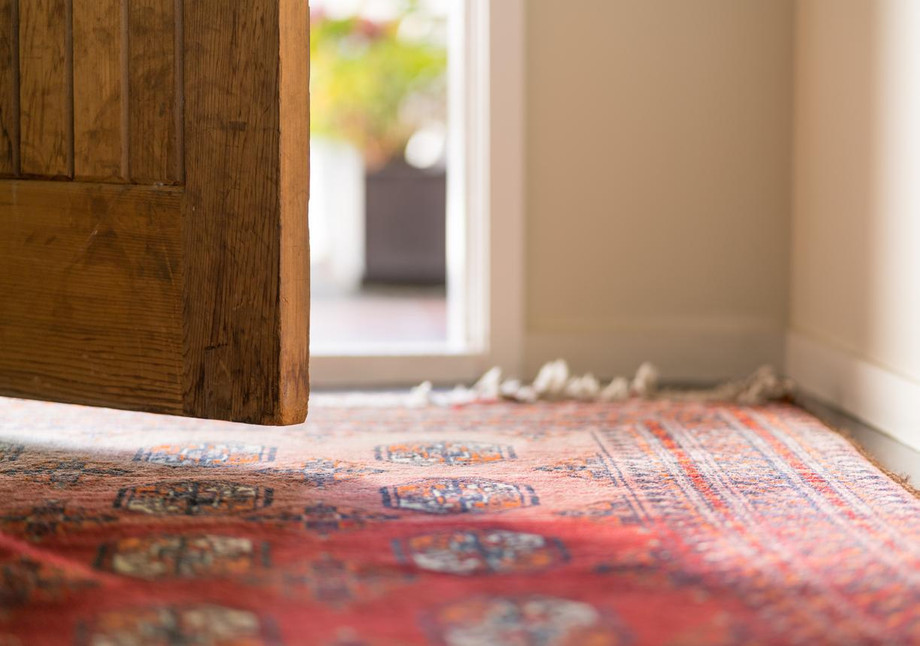Oriental carpets and rugs represent a tapestry of history, craftsmanship, and cultural richness that transcends time. These exquisite floor coverings have adorned homes, palaces, and sacred spaces for centuries, captivating with their intricate designs, vibrant colors, and unparalleled artistry. From the bustling bazaars of Istanbul to the serene workshops of Kashmir, each rug tells a story of tradition and skill passed down through generations.
The Rich Tapestry of Oriental Carpets
Oriental carpets encompass a diverse array of styles and motifs, each reflective of its place of origin and the artistic traditions of its makers. From the geometric patterns of Moroccan Berber rugs to the floral motifs of Persian carpets, each design holds symbolic meaning and cultural significance. These rugs are often woven with natural fibers like wool or silk, chosen for their durability and luxurious texture, ensuring both beauty and practicality.
A Legacy of Craftsmanship
The art of crafting oriental carpets and rugs is a meticulous process that requires patience, precision, and a deep understanding of traditional techniques. Skilled artisans painstakingly weave each knot by hand, a labor-intensive method that can take months or even years to complete for larger pieces. This dedication to craftsmanship ensures that each rug is not just a piece of décor, but a masterpiece of artistry and skill.
Cultural Symbolism and Meaning
Beyond their aesthetic appeal, oriental carpets often carry profound cultural symbolism and meaning. In Persian rugs, for example, motifs like the tree of life or the garden of paradise reflect themes of fertility, eternity, and spiritual abundance. Similarly, the colors used—such as red for courage or blue for protection—carry symbolic weight rooted in centuries-old traditions and beliefs.
Enduring Popularity and Global Influence
Despite their ancient origins, oriental carpets and rugs continue to captivate global audiences with their timeless appeal. From the grand halls of European castles to modern urban apartments, these rugs effortlessly blend into diverse interior styles, adding warmth, character, and a sense of heritage to any space. Their enduring popularity speaks to their versatility and ability to transcend fleeting trends.
Preserving a Treasured Heritage
As globalization and mass production reshape the world of textiles, there is a growing appreciation for the authenticity and craftsmanship of oriental carpets and rugs. Artisans and enthusiasts alike are committed to preserving this treasured heritage, supporting sustainable practices and fair trade initiatives that honor the artisans and communities behind these works of art.
Embracing Timeless Elegance
In a world increasingly dominated by mass-produced goods, oriental carpets and rugs stand as a testament to the enduring value of craftsmanship, tradition, and cultural heritage. Whether as a centerpiece in a living room or a cherished family heirloom, these rugs continue to enrich lives and spaces with their timeless elegance and timeless beauty.
In conclusion, oriental carpets and rugs are more than just floor coverings—they are cultural artifacts, works of art, and symbols of enduring craftsmanship. Their allure lies not only in their intricate designs and vibrant colors but also in the stories they tell and the traditions they preserve. As we celebrate their beauty and craftsmanship, we also honor the rich tapestry of cultures and histories from which they originate.
For More Info:-






Comments